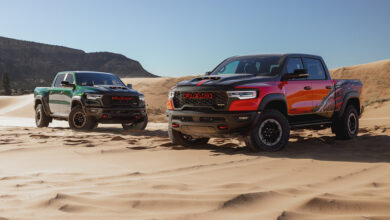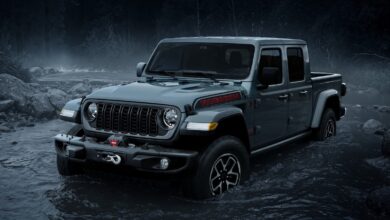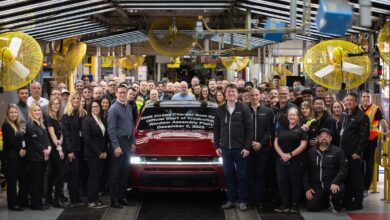The Drivetrain Products Market: Working in Unison
Today’s drivetrain products are well-equipped to move projects forward...
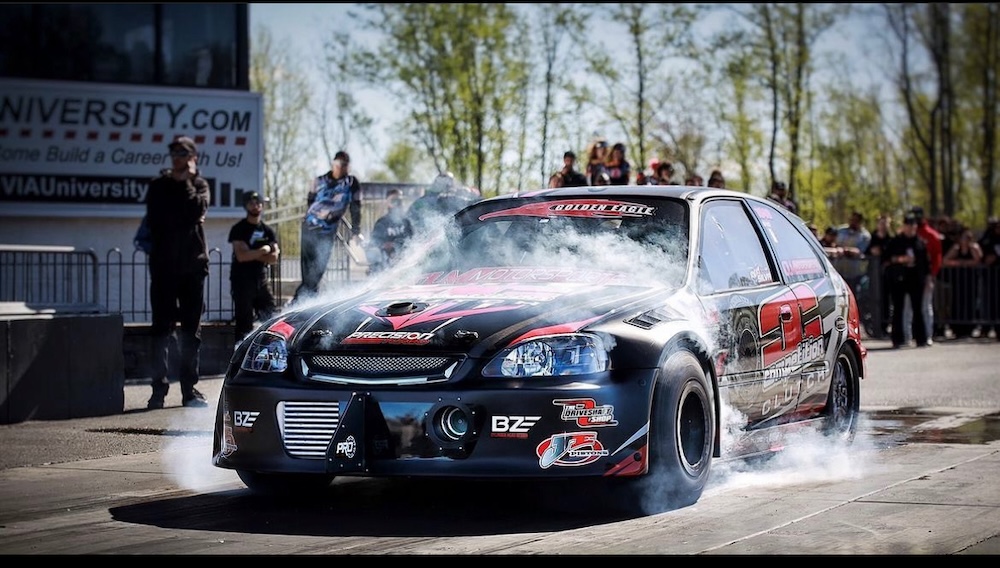
This article originally appeared in the October 2024 issue of THE SHOP magazine.
Drivetrain creation is among the few performance projects that allow professionals to use their creativity and individual expression. From the backend of the engine all the way to the tires, there are many choices to be made and opportunities to maximize.
It’s been said many times, but crazy engine horsepower numbers don’t mean much if the driver can’t get that power to the ground. Thankfully, from flywheels, shifters and transmissions to driveshafts, axles and gears, today’s drivetrain products are more than up to the challenge.
Suppliers are here to help assemble the puzzle pieces, offering thoughts on market changes, best practices and the latest can’t-miss products. Get everything fitting together nicely and your customers will soon realize the benefits of a complete drivetrain system working in unison.
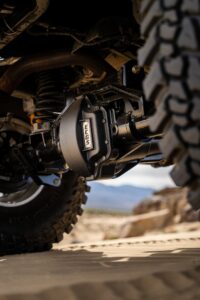
GEARS KEEP TURNING
Like seemingly every other part of the performance market, drivetrain products continue to get stronger, more efficient and more technologically advanced.
“Over the last decade there have been many changes in the performance drivetrain market,” observes Chris Troxel, brand manager at Competition Clutch. “Some of these changes include technology such as different friction compounds as well as other new materials that are found in the drivetrain. These changes have allowed us to use better disc materials that will hold way more power as well as include stock-like drivability.”
Customer tastes and trends are always evolving as well, notes Matt Graves, marketing manager at American Powertrain, with many gravitating toward pre-selected components proven to work in tandem.
“People want complete turnkey packages,” he says. “With crate engines being more popular as well, we want to be a one-stop shop for customers and help them take the guesswork out of what components they need. More people are turning back to manual transmissions than ever these days.”
One constant, however, is the continuing popularity of manual transmissions, says Trent McGee, marketing manager for Centerforce Clutches.
“Even though there are fewer manual-equipped vehicles being produced every year, we’re seeing much more movement on our higher-end, higher holding capacity clutches than we did with our milder performance clutches a decade or so ago,” he says. “People are focusing on higher-end builds, whether it’s a dedicated track car or a street vehicle with some serious power, as opposed to a mildly modified build. And with the power potential of modern engines, serious performance engines are easier to build than ever before. This in turn demands some pretty serious clutches and drivetrains to handle that power.”
The end-use of the vehicle being upgraded always plays into those changes and choices, says Chase Perry, president of East Coast Gear Supply.
“There has been increased demand for late-model vehicle drivetrains for extreme conditions,” he reveals. “We’re seeing high horsepower and big tires on newer vehicles that want to rock crawl, overland, desert race and commute daily. Singular, multi-use vehicles have become the norm, requiring a product that can handle mileage and shock load.”
Overall, more market information is being shared, leading to more successful projects, says Greg Milentis, business unit manager, aftermarket differentials, for Auburn Gear.
“Our shop partners have shared that gaining access to detailed specification data has improved over time, which is essential to more well-informed decisions when making recommendations on performance parts for their consumers,” he says.
Neal Hollingsworth, vice president of marketing for Yukon Gear & Axle, notes the importance of shop owners having data available at their fingertips, particularly for vehicles over the past 10 years.
“Keeping up with electronics and new model changes has gone from catalog racks to downloads and web access. Companies like DCI, SDS and ASAP all have access parameters and provide amazing data sets to dealer networks—some at little or no charge to dealers,” he says. “This is a traditional industry in most cases, although new product technology is making parts better and getting them to market faster. It can be tough keeping up with it all at the dealer level, so shops will want to find trusted industry experts and keep them close.”
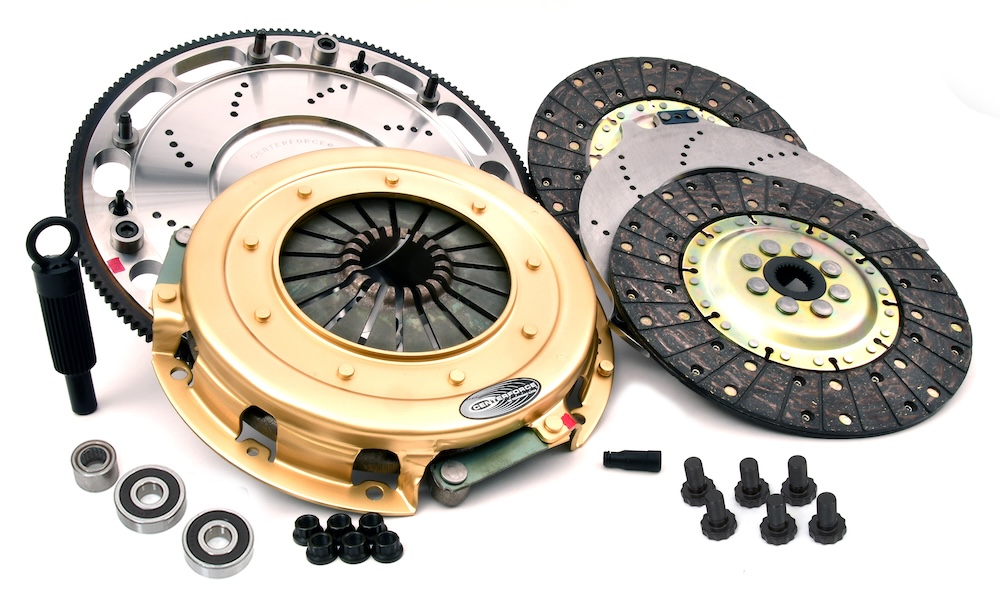
THE LATEST INFO
With so many products and so many options, it’s not a surprise that some misinformation has bubbled up surrounding proper drivetrain configurations.
“One common misconception faced by shops and end users is that bigger is always better,” says Troxel. “For example, it would not be necessary to install a multi-disc clutch kit in a vehicle making 250 hp and doing road course track days. By choosing the correct clutch for a vehicle you will maximize performance, lifespan and drivability.”
McGee notes that drivers can get the performance and drivability they want.
“Even though it’s not really true anymore, there’s a lingering perception out there still that performance clutches mean a very stiff pedal. That’s not the case. We do a variety of things to our clutch assemblies to increase holding capacity without sacrificing pedal effort, such as a patented centrifugal weight system.”
He adds that some believe a performance clutch automatically means very aggressive engagement.
“While it’s true that you are going to sacrifice some drivability for performance, we’ve been able to develop products like our SST that offer some pretty serious holding capacity numbers and are perfectly livable on the street. They’re certainly more aggressive than a stock clutch, but nothing like the on/off switch feel of a dedicated racing clutch.”
Perry says that many customers come to a shop knowing what they want. It’s up to the professional to determine whether those desires make sense for the project at hand, however, and gently steer them toward a better solution, if needed.
Milentis offers an example.
“Tandem Automotive owner Alex Moreno shared that consumers select air lockers based on their ‘ease of use,’ but, in reality, installation requires more labor charges, and he finds that the air lines are sensitive and more prone to damage,” Milentis reports. “Alex prefers working with the Auburn Gear electronic lockers and mechanical limited-slip differentials due to their ease of installation and long-term durability.”
Meanwhile, while some are well-informed, others may come in not understanding the variety of options available.
“Customers don’t know that they can get a more complete install package from companies like American Powertrain,” Graves explains. “Some places still try to piece together parts from junkyards or mismatch parts to make it work. It just creates more headaches for them and their customers.”
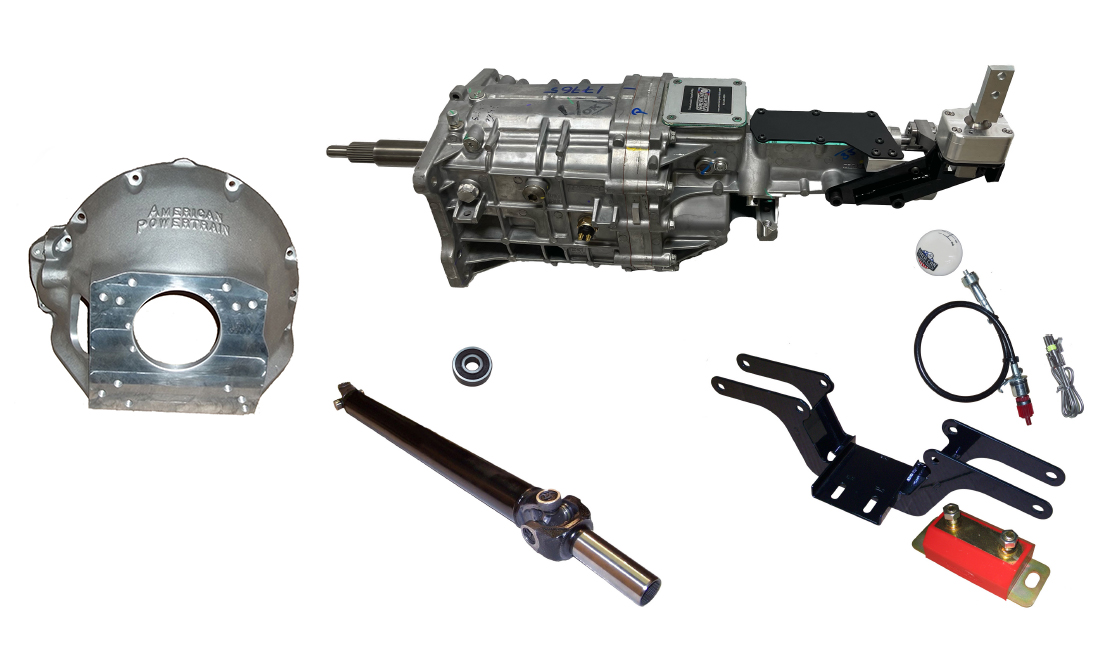
PLANNED PARTNERSHIPS
To make the most of performance drivetrain projects, shops can partner with customers on expected vehicle use.
“Don’t ask what the customer wants—ask what their expectation is. Then make the solution available to meet the expectation,” advises Perry from East Coast Gear Supply. “For example, a customer may want 40-inch tires and lockers on their D30/D35, but their expectation is that with lockers and 40s they can go anywhere. Build out a package that can achieve the expectation.”
Once they’ve made a decision, customers are anxious to get going, notes Troxel from Competition Clutch.
“Have inventory on hand,” he recommends. “Shops should also be sure to educate their customers on the benefits of upgrading components of the drivetrain such as a clutch and/or flywheel, as well as the importance of drivetrain maintenance.”
McGee from Centerforce, who also suggests carrying a strong inventory of popular models for quick turnarounds, believes the most successful shops shoot straight with their clients.
“Understand your customer’s needs and expectations and be careful not to oversell them. As mentioned earlier, you do sacrifice drivability for performance and some clutch types are more aggressive than others. Understanding the differences between those clutch types and how they impact performance and drivability will go a long way toward being able to provide the best choices that meet your customer’s needs.”
And don’t forget that suppliers are always happy to work to make things easier.
“If you don’t have the data you need to help your customer make the best decision for their performance differential-related needs, just ask,” says Milentis from Auburn Gear. “That’s what we’re here for.”
Yukon’s Hollingsworth notes that even with constant market evolutions, sometimes the tried-and-true approach is most effective.
“Maybe the most important way to serve your customer is the old-school, pick up the phone and call your sales contacts at the manufacturer approach. These people are taking calls all day long—from tech, to warranty, to parts sales—for all types of vehicles and all types of years. They know the single part to the system that makes the most sense,” he says. “These people are most likely enthusiasts with a massive amount of industry experience, so they understand the broad opportunities of system upgrades and know what works together to create the best outcome for the shop customer.”
With so much to sell, and so many decisions to make, there’s a lot for installers to study.
“Learn the product line you are selling,” says Graves from American Powertrain. “At the end of the day, that’s how you convince customers to spend money with you and trust your shop.”
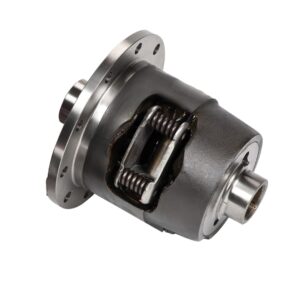
DRIVETRAIN PRODUCTS
HOT PRODUCTS: American Powertrain TREMEC TKX 5-Speed Turnkey Kits
FEATURES & BENEFITS: No cutting the car for installation; take the guesswork out of installation and fitment.
American Powertrain
Matt Graves
Marketing Manager
HOT PRODUCT: Grip-N-Loc Limited-Slip Differential
FEATURES & BENEFITS: Well known in the aftermarket for its American-made legacy and strong reputation; recognized for its performance both on the street and the track; used in performance axles including the GM 8.5- and 8.6-inch 10-bolt; enhances traction and stability.
Auburn Gear
Greg Milentis
Business Unit Manager, Aftermarket Differentials
HOT PRODUCT: Solid Street Twin (SST)
FEATURES & BENEFITS: Entry-level twin-disc clutch; impressive holding capacity; attractive price point; borrows heavily from the technology that goes into our high-end DYAD line of twin-disc clutches, including a unique anti-rattle floater system.
Centerforce Clutches
Trent McGee
Marketing Manager
HOT PRODUCTS: Honda 184mm Twin- & Triple-Disc Clutch Kits
FEATURES & BENEFITS: Available for the Honda B, H and K series; industry-exclusive throw-out bearing; two 245mm twin-disc kits for the Nissan 400Z are also available with an aluminum flywheel for improved drivability and faster turbo spooling.
Competition Clutch
Chris Troxel
Brand Manager
HOT PRODUCTS: D60 & Larger Complete Axles
FEATURES & BENEFITS: Bolt-in ready; capable of handling extensive aftermarket upgrades.
East Coast Gear Supply
Chase Perry
President
